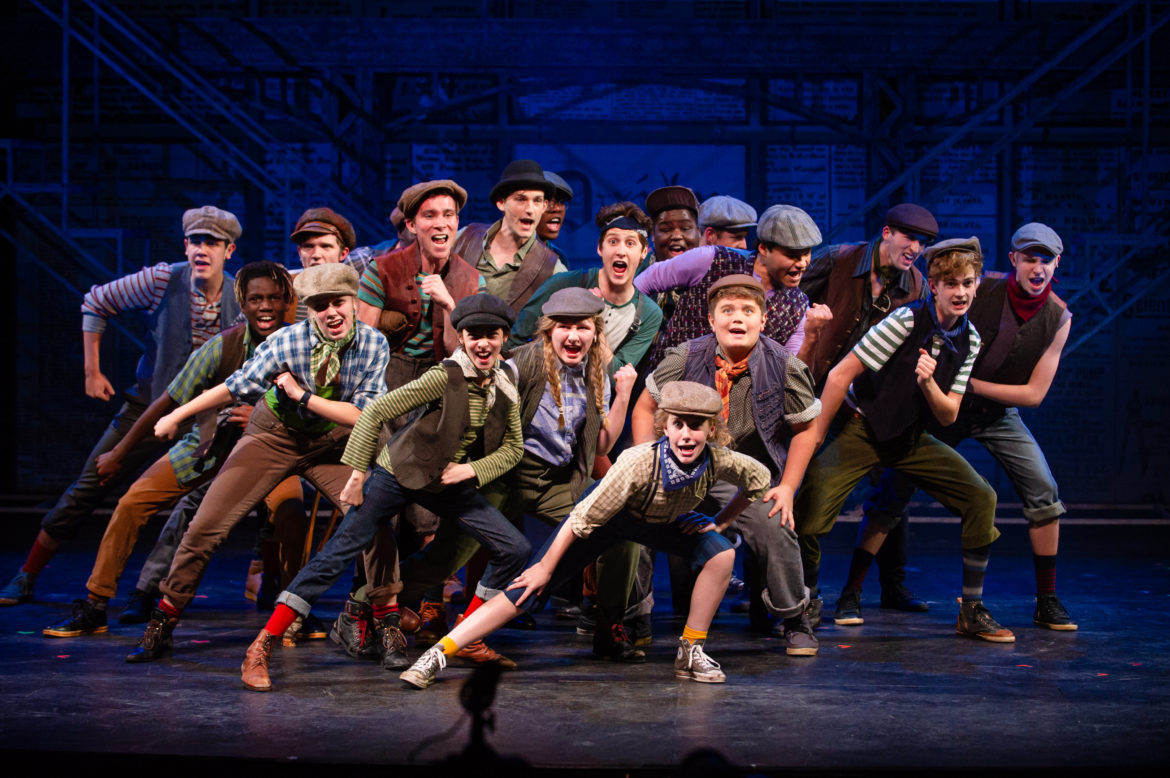What boosts you from one rung of the ladder to the next in becoming a Broadway Choreographer is a combination of initiative, networking and, of course, creativity.
The following written content by Rachel Rizzuto

In much of the dance world, the process of becoming successful as a choreographer can seem frustratingly oblique. On Broadway, however, that path is surprisingly linear and well defined. Most people end up following a sequence of positions that includes becoming dance captain of a show, then assistant choreographer, then associate choreographer and, finally, main choreographer. What boosts you from one rung of the ladder to the next is a combination of initiative, networking and, of course, creativity.
Climb the Ladder
Before getting hired to choreograph a Broadway show, artists typically follow a clear career trajectory, and end up with these three credits on their resumé:

Dance captain: Performs in the show and also serves as the keeper of the choreography. “They get all their information from the associate choreographer—charts, notes, when to give notes, how to maintain the show,” says Stephanie Klemons, associate choreographer for In the Heights and Hamilton. According to Susan Stroman, who’s choreographed and directed Broadway hits like The Producers and Young Frankenstein it’s a great starting place because you see both sides of the Broadway coin: “You work not only with the creatives but also with management, scheduling and teaching understudies.”
Assistant choreographer: Might occasionally function in an administrative capacity—taking notes, for instance—but can also be someone for the main choreographer to bounce ideas off of.
Associate choreographer: Has a deeper level of collaboration and can even create choreography themselves when needed, says Klemons. Both the associate and assistant choreographers’ jobs officially end on opening night, but the associate often maintains a production later on. “If there’s a tour, the associate might remount it,” says Stroman.
Make Yourself Indispensable
A big part of the Broadway-choreography-success pie is getting rehired. Whether you’re an assistant or associate, a surefire way to do that is by learning to anticipate the needs of the choreographer you’re working with.
Be a collaborative partner. Knowing when to offer your opinion and when to stay silent can be tricky, says Ellenore Scott, associate choreographer for King Kong. “You’re a vehicle for the choreographer to figure out their ideas,” says Scott, “so you need to know when to make suggestions, when to support ideas, when to provide options and when not to speak.”
Be organized. A dependable assistant, says Klemons, keeps track of notes and movement sequences that might be temporarily tabled—even phrases that a choreographer might improvise on the side during a break. Read more from Dance.





